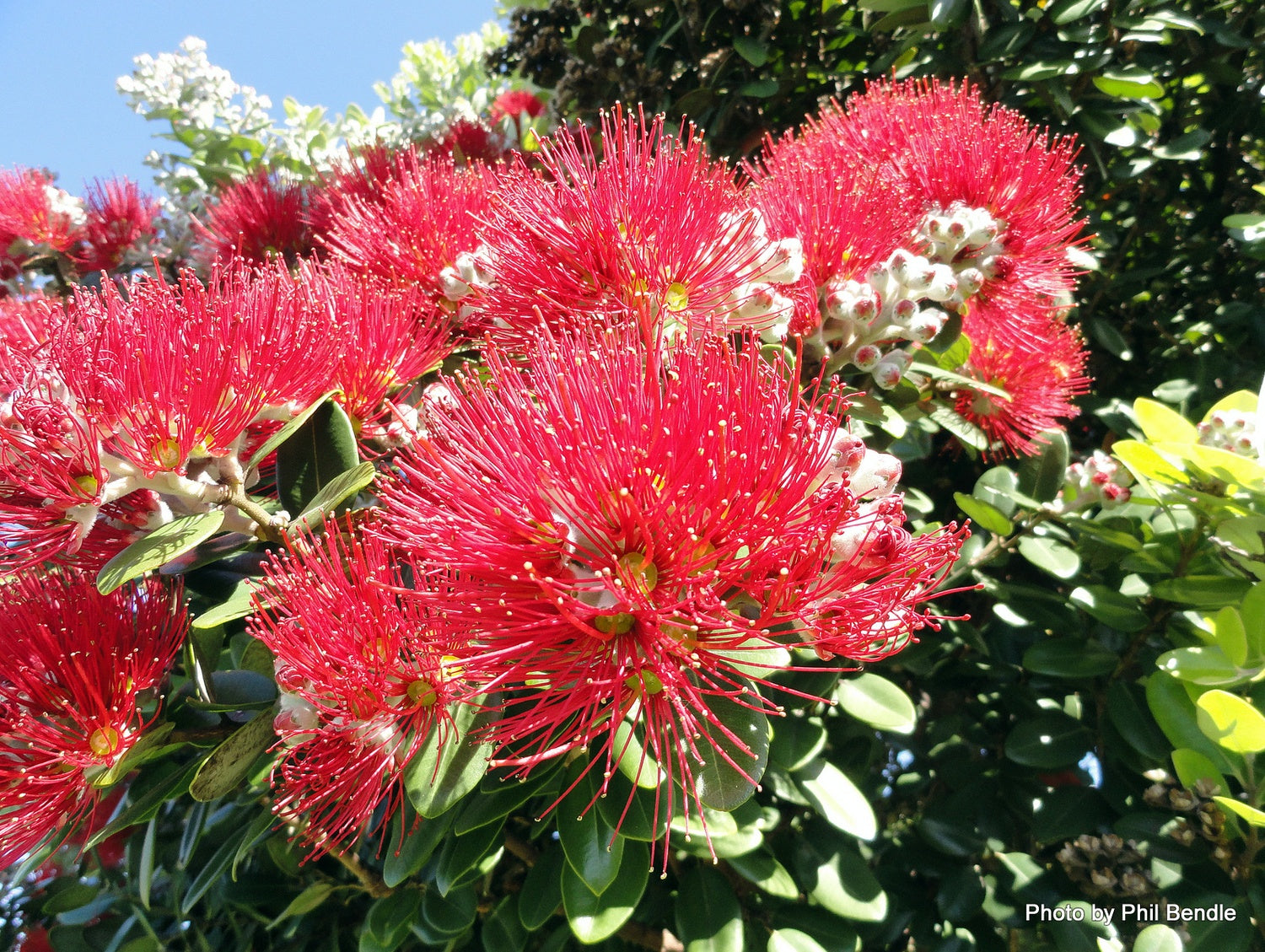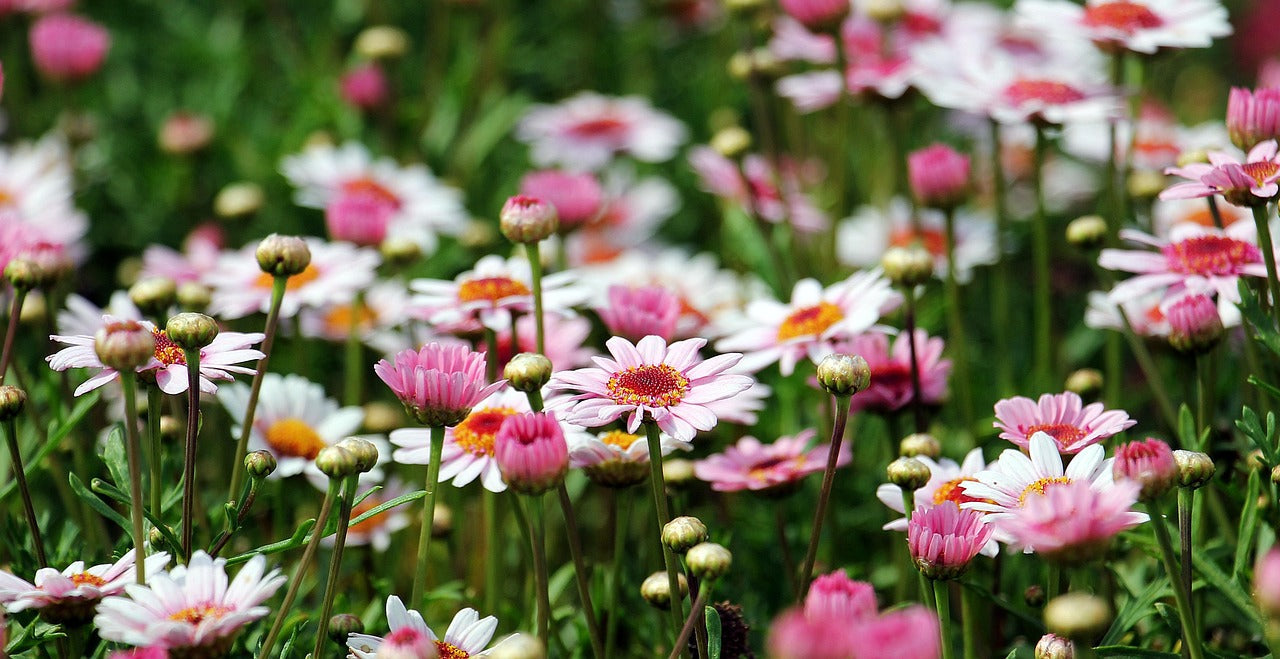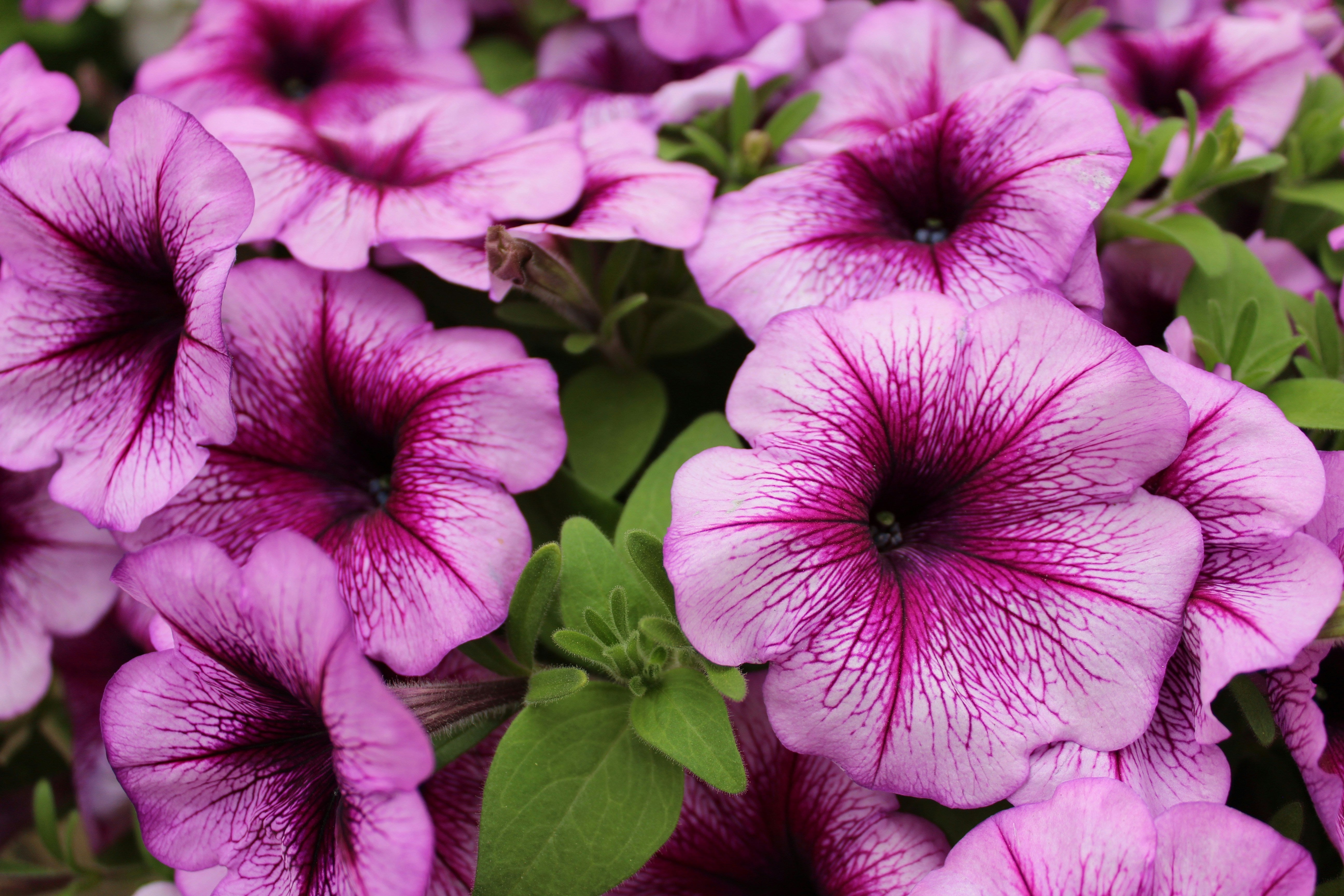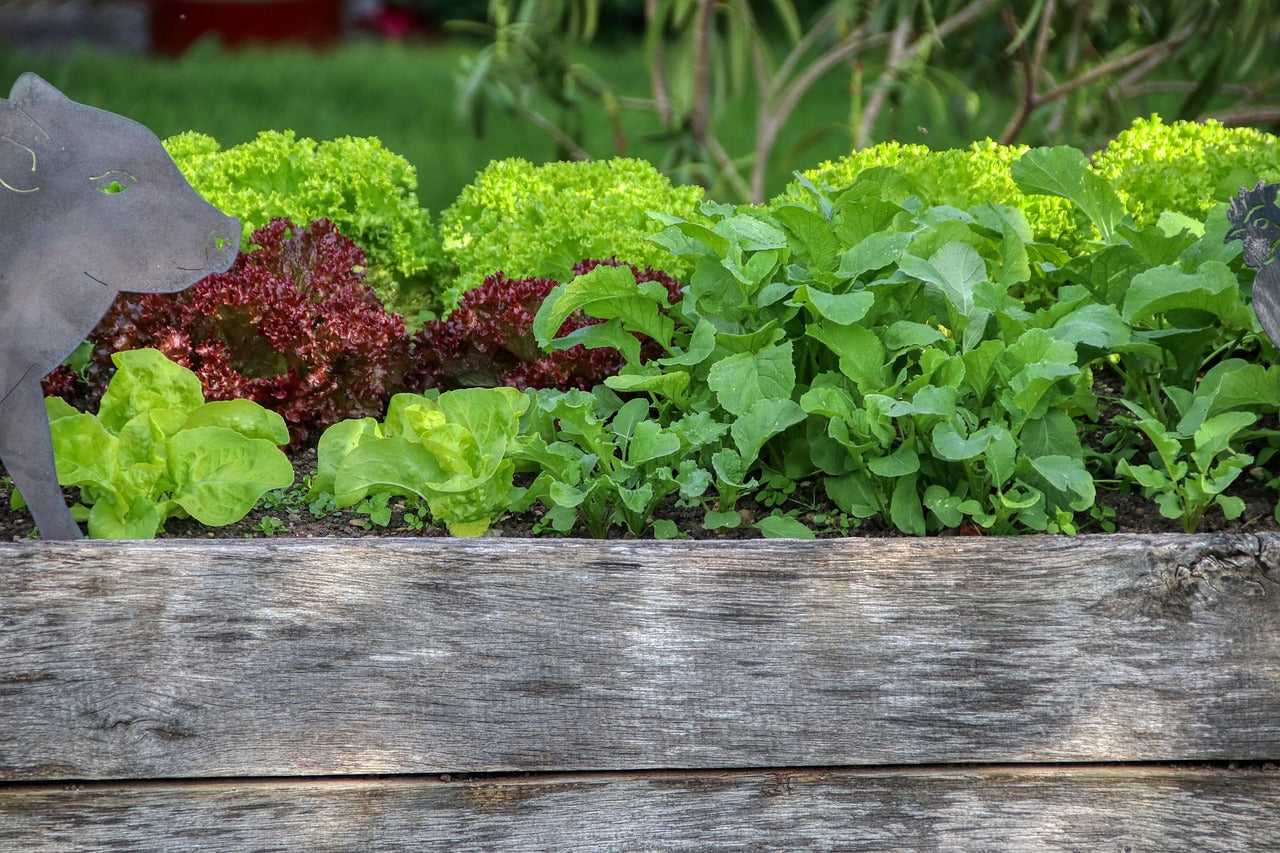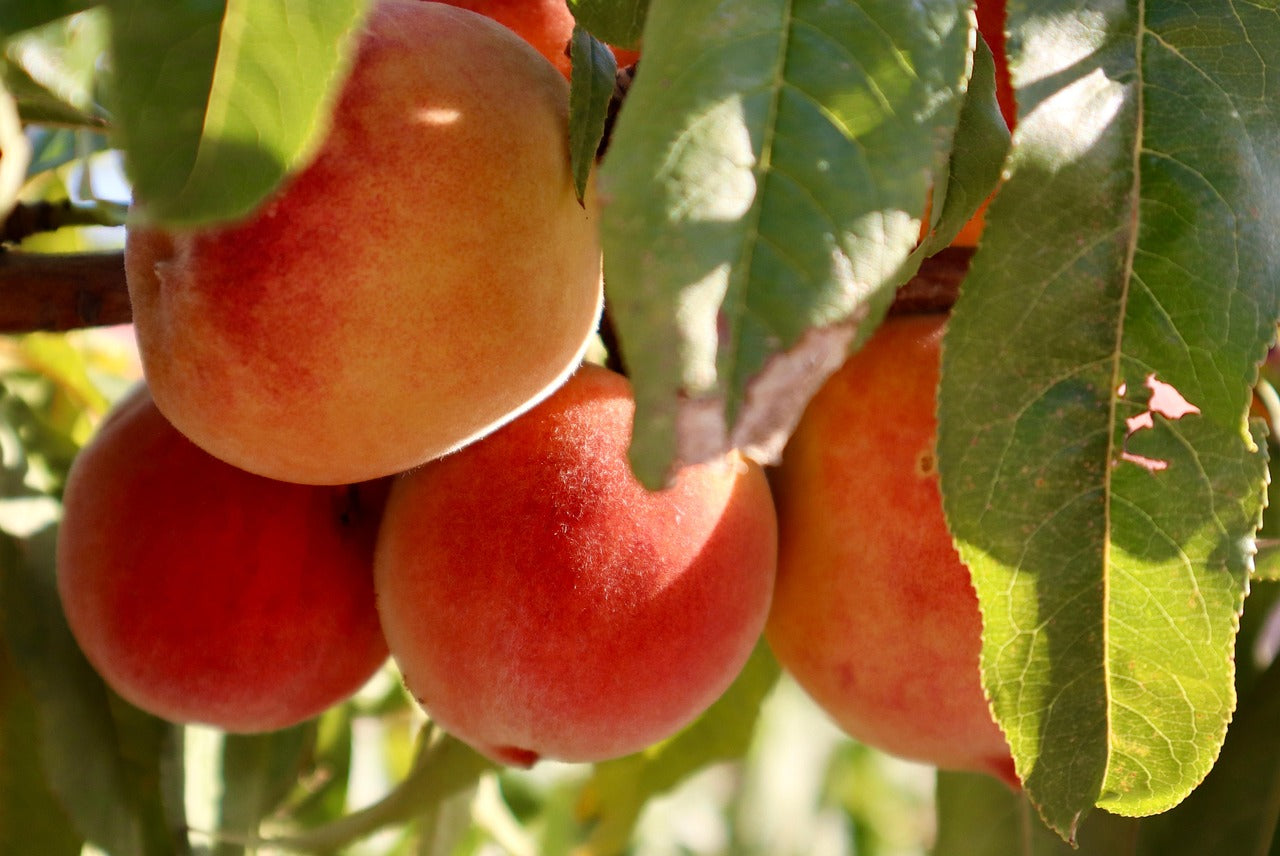Permanently dry, shady sites can pose a challenge even for the most experienced gardener. Dry situations can exist underneath large evergreen trees that provide a wide canopy and deprives other plants below it of water. Sandy and very dry sites struggle to retain water needed for plants growth. Conditioning the soil and choosing plants which naturally grow in dry situations are the keys to successful dry gardens.
Improving the soil structure
Digging plenty of compost, mulch and organic material into the soil can improve conditions enough to expand the range of plant choices in dry areas. Adding a thick layer of mulch after planting will also keep the ground cool and retain moisture for the plants that need it. Soil conditioners such as gypsum and lime can also be used to improve penetration of water into the soil. A soaker hose could also be installed to increase the amount of water reaching the soil.Planting
The best time to plant is in autumn to capture as much of the winter rain as possible so plants can get established before the drier summer months. When planting, dig a hole twice the width and depth of the root ball, and add plenty of compost and organic material. Add a slow release fertiliser to the planting hole and mix in. Fill the hole with water and let it drain away. Soak the plant in a bucket of water before planting. Remove the plant from its container, run a sharp knife down the root ball in several places to encourage new roots. Place the plant in the hole and firm soil around it. Plant to the depth of the plant’s original container, and water well.Plants
There are two types of dry situations: full sun and shade. Choose from a range of attractive but resilient plants which will cope in dry situations. Your local Palmers store will be able to help you choose plants that suit your local climate and position in the garden.Bulbs
Summer flowering bulbs are the best to grow in dry situations. We recommend amaryllis (belladonna lily), allium (ornamental onion), freesia, galtonia, hippeastrum, ixia, lachenalia, nerine, scilla, spraxia.Natives
Our own indigenous native plants have adapted well to dry areas of New Zealand. We recommend astelia, carex, chionochloa, coprosma, corokia, flax, griselinea, knightia, pohutukawa, olearea, pseudopanax, xeronema and many more.Dry shade
For dry shade we recommend clivia, hippeastrum, hydrangea, renga renga lily, ivy, agapanthus, myoporum, royena and vinca.Trees and shrubs
In exposed situations, trees and tall shrubs will need to be staked to help them become established. We recommend albizzia (silk tree), banksia, callistemon (bottle brush), ceanothus, cistus, grevillea, juniper, lauris noblis (bay tree), lavender, leucospermum, leucodendron, metrosideros, olea (olive), phormium (flax), prostanthera, protea, raphiolepsis, rosemary, yucca.Perennials and annuals
These are great to keep colour in the garden year round, they also give good ground cover. We recommend arctotis, artemesia, bergenia, calendula, celosia, cneorum, convolvulus, coreopsis, echium, eschscholtzia, euphorbia, gaura, gazania, helianthemum, helipterum (paper daisy), kniphofia (red hot poker), limonium (statice), livingstone daisy, nasturtium, nepeta (catmint), osteospermum, petunia, portulaca, salvia, sedum and all succulent plants like chevaria and helichrysum.Climbers
These do well in dry situations but require protection from prevailing winds. Mulch well in summer. We recommend bougainvillea, campsis, hardenbergia, hedera (ivy), lonicera (honeysuckle), podranea, trachelospermum.Feeding and mulching
Use a complete garden fertiliser at the recommended rate in spring. Water the fertiliser in well. For trees and shrubs to thrive in dry conditions, mulching is very important. Mulch in late winter/early spring and again in mid-summer. Mulching also keeps weeds down and retains soil moisture.Watering
Regular watering will be required to get plants established. Installing an in-ground watering system can make the job less labour intensive and guarantee success. Deep watering once a week is more effective than light watering. A soaker hose is also a very efficient way of getting water into the soil.
This ‘How To’ Guide has been produced to provide basic information and our experienced staff are available to answer any questions that you may have. Because this guide is of a general nature, neither Palmers nor its staff are responsible for the application of the information, as the contents may need to be modified for individual projects and site applications.

